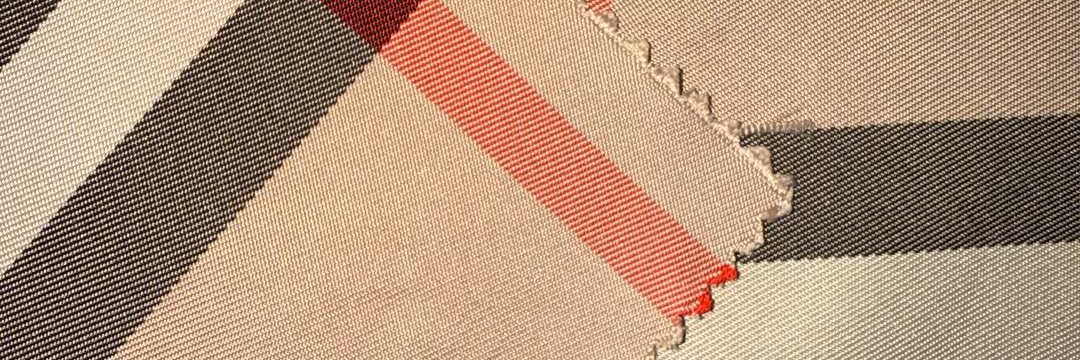Overview of the Future Development of the Textile Industry
The textile industry, as an integral part of the global economy, is at a crucial turning point. With advancements in technology, rising environmental awareness, and changing consumer demands, textile companies face both challenges and opportunities. From #smartmanufacturing to #sustainability and personalized services, the future of textiles is filled with innovation and potential. This article will explore the key trends shaping the future of the textile industry and how these trends will transform the landscape.
CC Textile WeChat: CC-Jacquard WhatsApp:+8615306267080
9/28/20241 min read


1. The Rise of Smart Manufacturing
In the future, the textile industry will further advance towards #automation and #intelligentmanufacturing. Leveraging #Industry4.0 technologies, textile factories will become more efficient and flexible. Advanced automation equipment, robotics, and artificial intelligence (#AI) will be widely applied in various stages of textile production, including spinning, weaving, dyeing, finishing, and final product manufacturing. Smart manufacturing will not only significantly increase capacity but also optimize resource usage and reduce waste, enhancing the competitiveness of businesses.
In addition, the #InternetofThings (IoT) will increasingly be used in textile production. By using sensors and data analytics to monitor production lines in real-time, companies can ensure consistent product quality. This digital manufacturing model will enable businesses to maintain flexibility and innovation in a rapidly changing market.
2. The Importance of Sustainability
With stricter global environmental regulations, sustainability in the textile industry is an unavoidable trend. Consumers are demanding more eco-friendly products, pushing textile companies to find greener solutions. This includes using #recycledmaterials, reducing water consumption, minimizing harmful chemicals, and improving wastewater treatment technologies.
For instance, many textile companies are adopting the #circulareconomy model by recycling old textiles and converting them into new fabrics. Meanwhile, the development of bio-based fibers and biodegradable materials is advancing rapidly. Embracing sustainability is not only a responsibility but also a major competitive advantage in the future market.
3. The Demand for Customization and Personalization
With the rise of personalization, textile companies need to offer more #customized services. Modern consumers care not only about product quality but also about expressing their personal style and uniqueness. As a result, personalized design and customized production are becoming key trends in the textile industry.
Through digital technologies such as #3Dprinting, virtual try-on, and online customization platforms, textile companies can provide customers with personalized products and services. This not only enhances consumer loyalty but also helps businesses establish a differentiated advantage in the market.
4. Transformation of Global Supply Chains
Changes in the global #supplychain are another crucial factor for the future of the textile industry. The COVID-19 pandemic exposed the vulnerabilities of traditional supply chains, prompting textile companies to rethink their supply chain strategies. In the future, more companies will aim to build more flexible and localized supply chains to address global uncertainties and rising transportation costs.
Moreover, supply chain #transparency will become a core issue for the textile industry. Consumers are increasingly concerned about the origin of products and social responsibility in the production process. With blockchain technology, textile companies can ensure traceability throughout the supply chain, enhancing consumer trust.
5. The Explosion of Digital Markets and E-commerce
#Digitaltransformation is reshaping the marketing model of the textile industry. The rapid growth of #ecommerce allows textile manufacturers and retailers to sell directly to consumers (#D2C), reducing intermediaries. Virtual stores, social commerce, and livestream selling are changing how textiles are marketed.
Especially through the use of big data and AI, companies can better understand consumer preferences and tailor products and services to different markets. Furthermore, the application of virtual reality (#VR) and augmented reality (#AR) technologies enables consumers to have immersive product experiences before purchasing, significantly increasing online shopping conversion rates.
Conclusion
The textile industry is at the crossroads of technological innovation and sustainability. In the future, smart manufacturing, environmental sustainability, personalized services, and global supply chain optimization will dominate industry development. Businesses must adapt to market changes and embrace new technologies and concepts to stay competitive in the global market.
#SmartManufacturing #Sustainability #SupplyChainTransparency #Customization #DigitalTransformation
Get in touch
Address
Suzhou CC Textile Co.,LTD
4101 West Ring 2nd Road, Shengze Town, Wujiang District, Suzhou, Jiangsu Province, China
ZIP Code:215228
